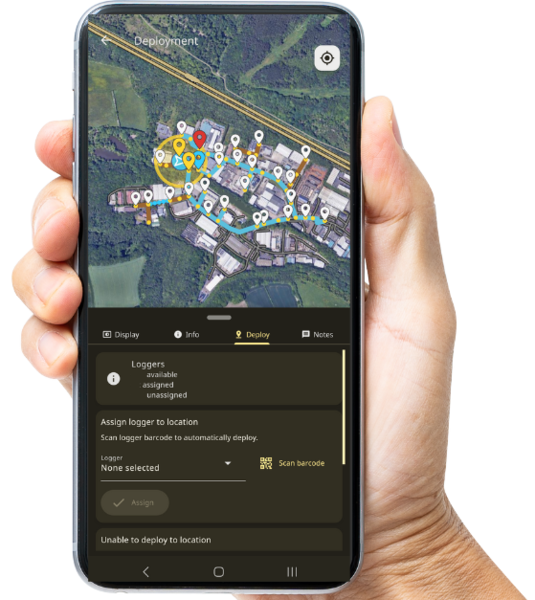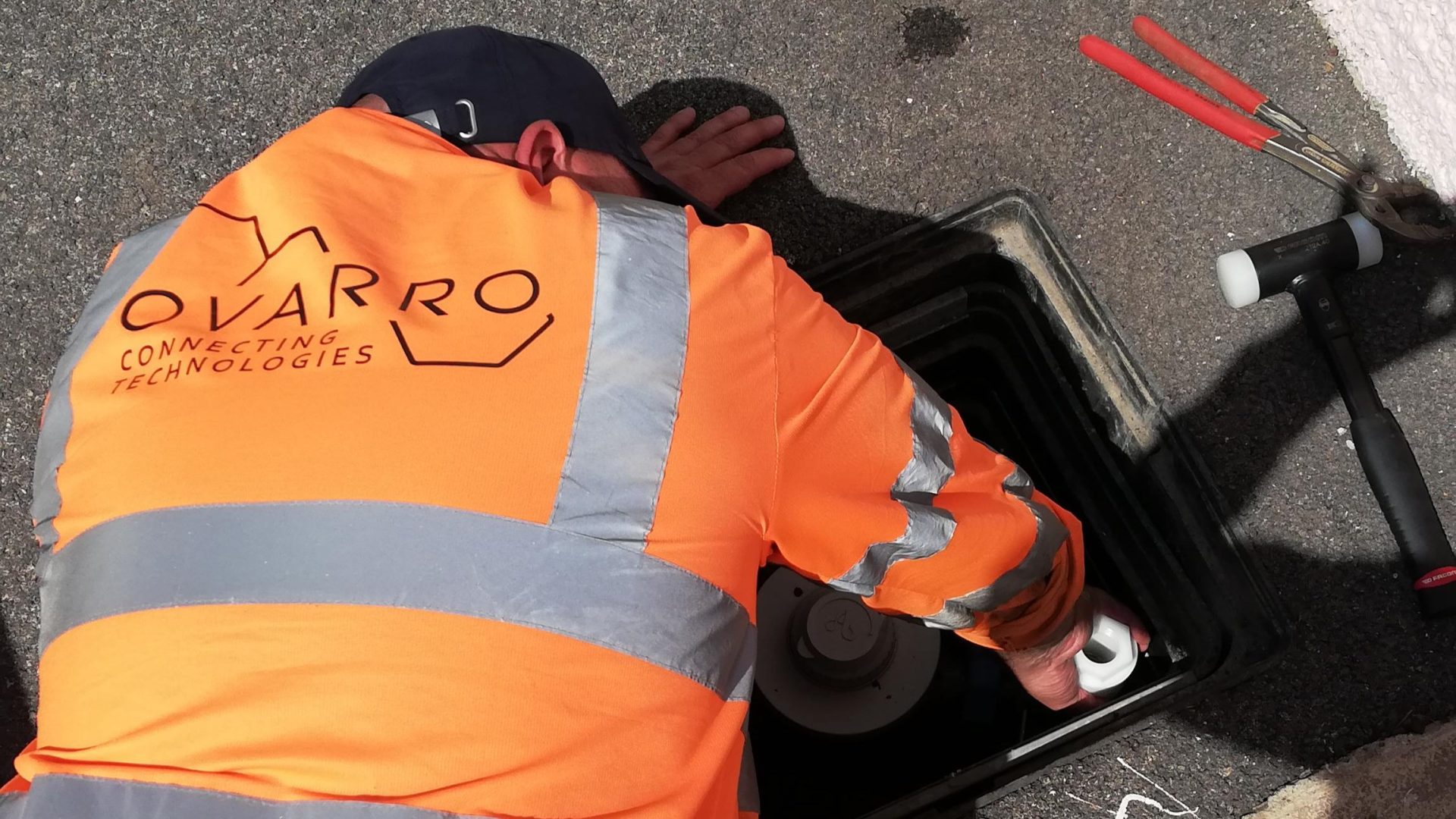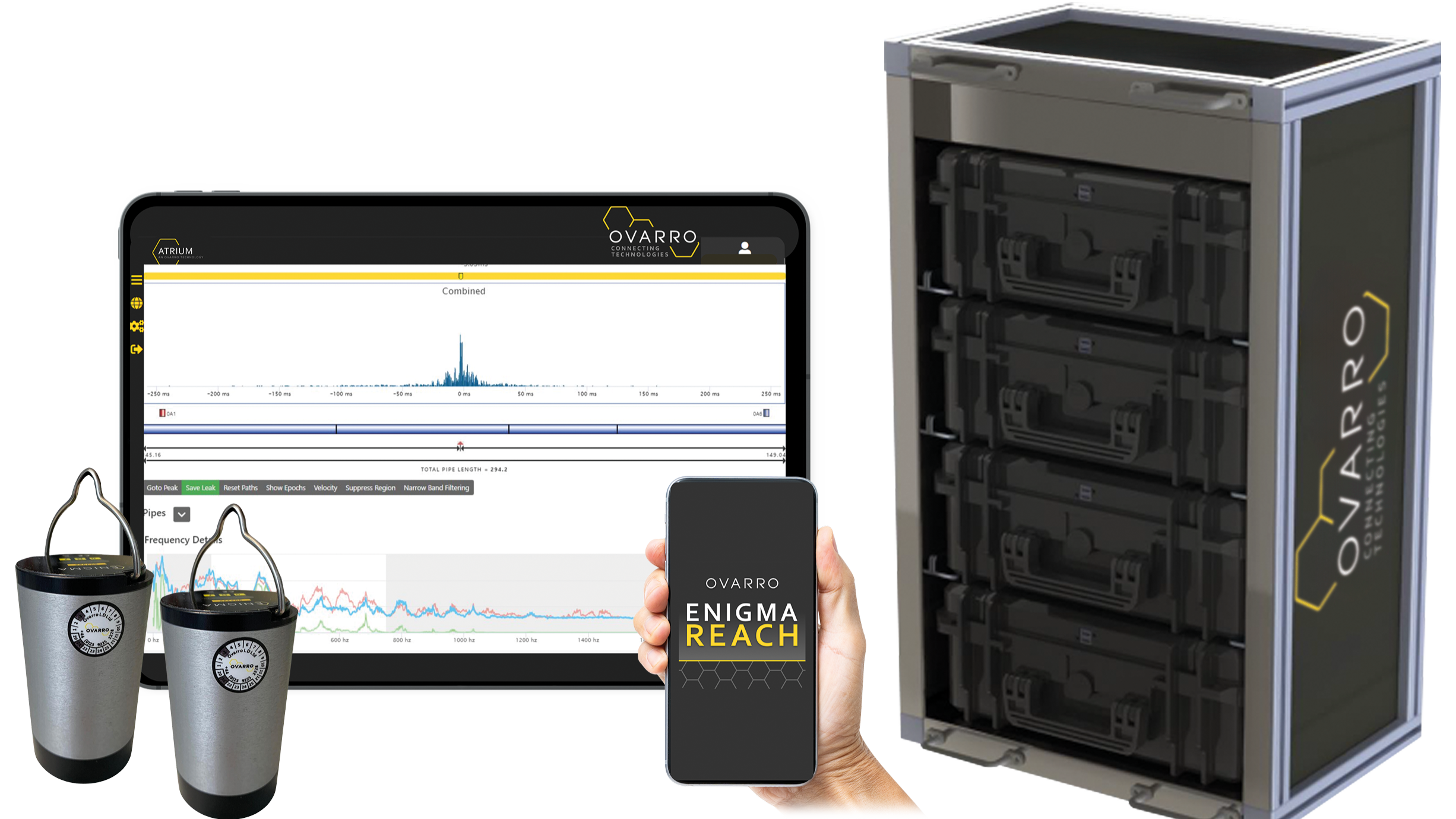
Mass deployment of connected leak loggers is being made possible by the latest technology, writes Tony Gwynne, global leakage solutions director, Ovarro.
Water companies in England and Wales are expected to embrace opportunities offered by smart technology to improve leakage performance in the 2025-2030 asset management plan (AMP8) period, according to the regulator, Ofwat. An ongoing focus on cost efficiency means the sector is seeking products to help improve performance while delivering better long-term value for customers.
This continuing need for utilities to achieve more for less is driving development of managed digital solutions that make processes faster and more efficient. Rapidly advancing technology in the field of leakage means smart systems are now more intuitive and can connect to one another, reducing the steps required to find a leak, by completing much of the upfront data analysis for users.

Ovarro’s latest addition to the market is EnigmaREACH, a lift-and-shift correlating hub for rapid non-revenue water (NRW) reduction. It combines either 32 or 64 loggers, a tablet, a single app for logger deployment, retrieval and follow-up, and access to Ovarro’s LeakInsight analytics platform.
EnigmaREACH offers mass logger deployment and expanded network coverage compared to that of traditional lift-and-shift kits. The companion app guides technicians through the logger installation, retrieval and follow-up processes.
EnigmaREACH was developed following conversations with Ovarro clients who wanted to see the high-accuracy results synonymous with the Enigma range on a much wider scale, without the added challenges of recruiting additional skilled leakage technicians. The solution means leak detection teams – including contractors incentivised to find leaks quickly – can work through a district metered area (DMA) faster and find more leaks in a single day.
Typically, a team taking a lift-and-shift approach – deploying loggers in a specific location and retrieving them usually the next day – will use between 80 and 100 loggers, positioned around 75m apart, for approximately 6km of network coverage. One EnigmaREACH kit comprising 64 loggers can monitor up to 16km of pipe network, depending on how far apart they are positioned – more than double the distance with fewer loggers – and perform 256 overnight correletations.
Traditionally, once the loggers are retrieved, skilled analysts use a laptop to assess the data themselves to identify an area of interest, and to review or assign any points of interest (PoIs) to be followed-up. A follow-up technician would then deploy additional correlating kits to pinpoint the leak and place the blue mark on the ground.
In developing EnigmaREACH, Ovarro’s data scientists explored how the analytics process could be enhanced, to allow the system to perform the correlations automatically and use the technology to assign PoIs to follow-up technicians, reducing the reliance on analysts to manually generate them. The pinpointing accuracy of the EnigmaREACH kit also means that the leak verification can be promptly carried out using a ground mic, reducing time investigating leaks.
The system achieves this when the loggers are retrieved by the technician and placed in their associated box, which will automatically upload the data to the LeakInsight analytics platform via a mobile phone or tablet. LeakInsight will automatically complete the correlation and generate the POIs for the user to view when they login to the system. The PoIs can then be assigned to technicians directly through the app.
Having a system that automatically generates PoIs, as well as having a simple-to-use app to guide technicians through their tasks on the ground, frees-up skilled analysts and technicians. This means they can spend more time validating – another benefit, given the current recruitment and retention challenges in the leakage field.
UK water companies have committed to triple the rate of leakage reduction by 2030 and halve leakage by 2050. Great progress has been made, but reaching these levels remains a mighty task – and annual targets can be thrown off course by extreme weather, such as freeze-thaw events.
In such a scenario, when increased numbers of bursts cause a leakage breakout, EnigmaREACH could be deployed over a large area to pinpoint bursts quickly, cut water loss and reduce customer impact. The same could apply in a drought, when leakage can occur due to ground movement, and there is an urgent need for leaks to be identified quickly to preserve water supplies.
Mass deployment technologies like EnigmaREACH mean the expectations of the regulator, the water companies and their customers on water loss can now be realised at scale. Water companies’ engagement with the product so far tells us they are ready to work in this way. As systems get ever smarter, a transformation on leak detection in the UK and globally is in sight.




